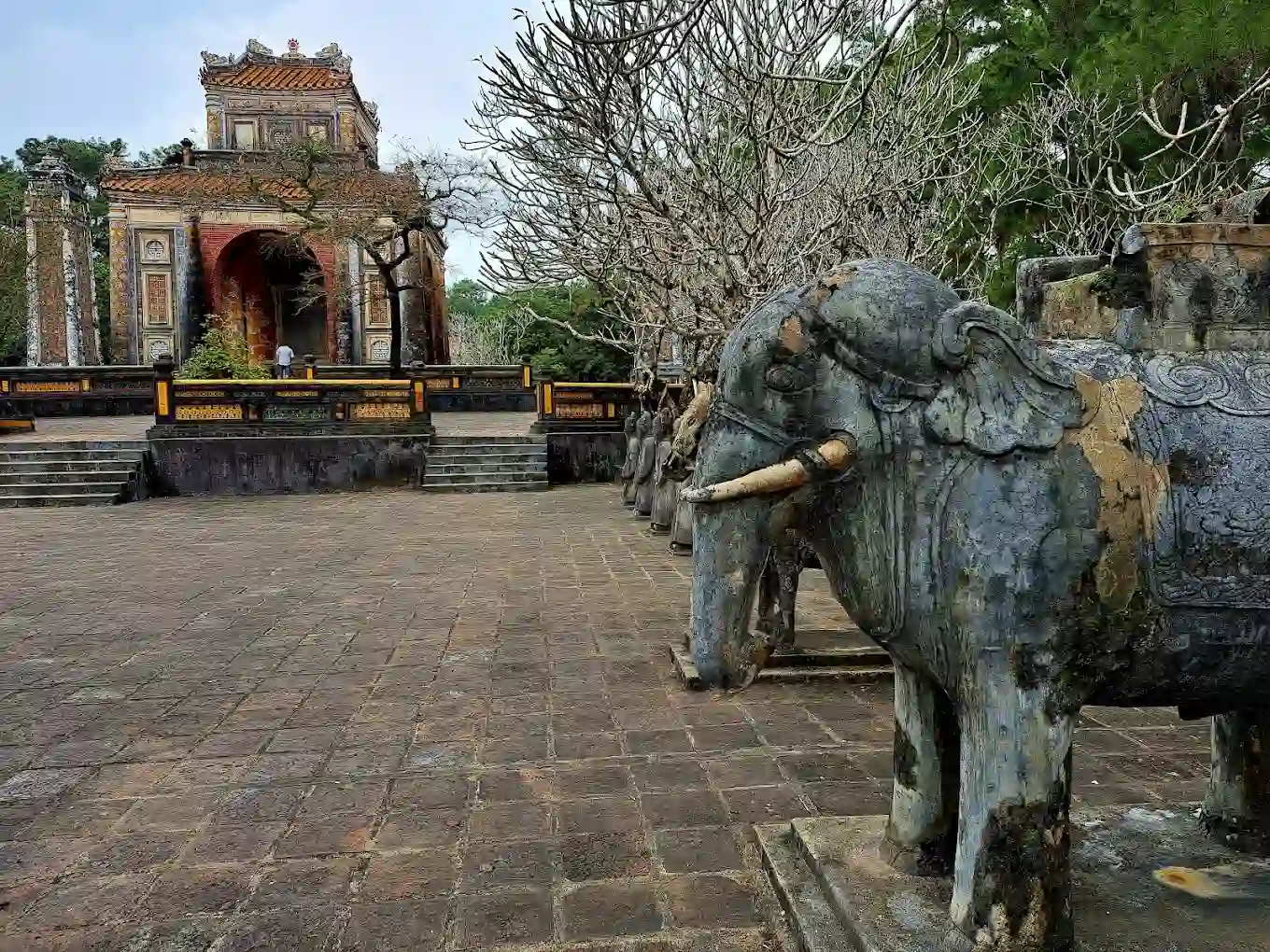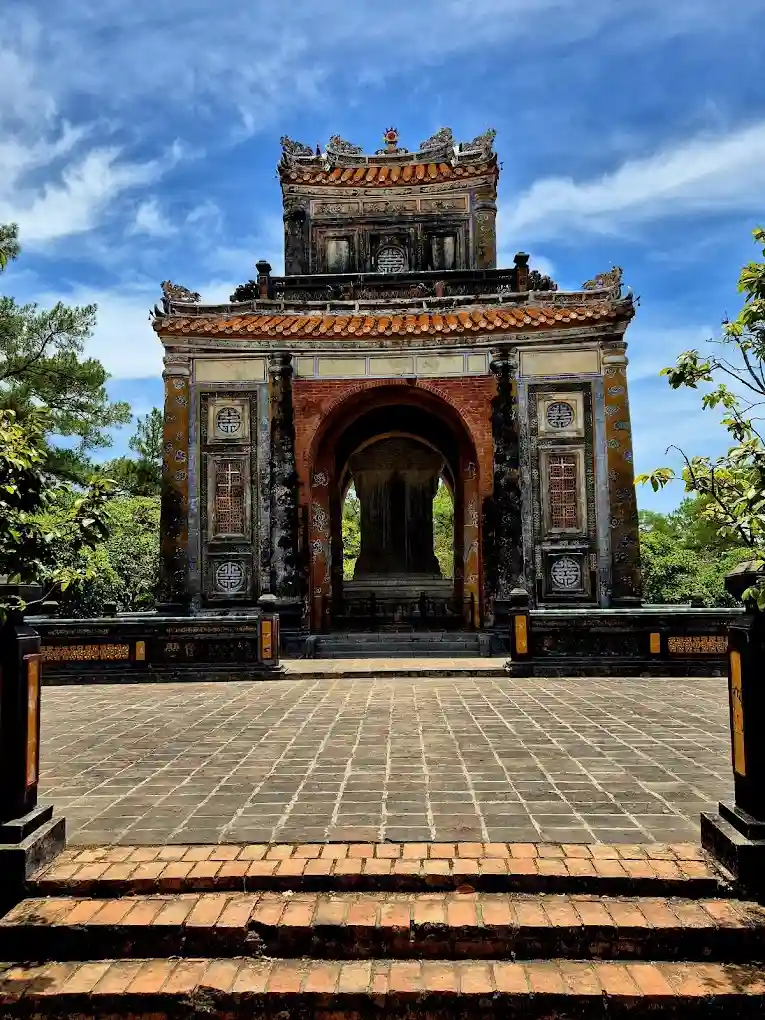History and Significance of Tu Duc Tomb in Hue
Tu Duc Tomb
Tu Duc Tomb, an illustrious symbol of the Nguyen Dynasty, stands in the ancient city of Hue, offering a window into Vietnam’s rich tapestry of history. Emperor Tu Duc, who ruled from 1847 to 1883, not only influenced Vietnam’s historical trajectory but also left an indelible mark through his architectural legacy. Constructed between 1864 and 1867, the tomb served both as a final resting place and a serene retreat for the emperor during his lifetime. As an embodiment of royal aesthetics and cultural values, Tu Duc Tomb reflects both personal and national narratives, making it a pivotal fixture among the royal tombs in Hue.
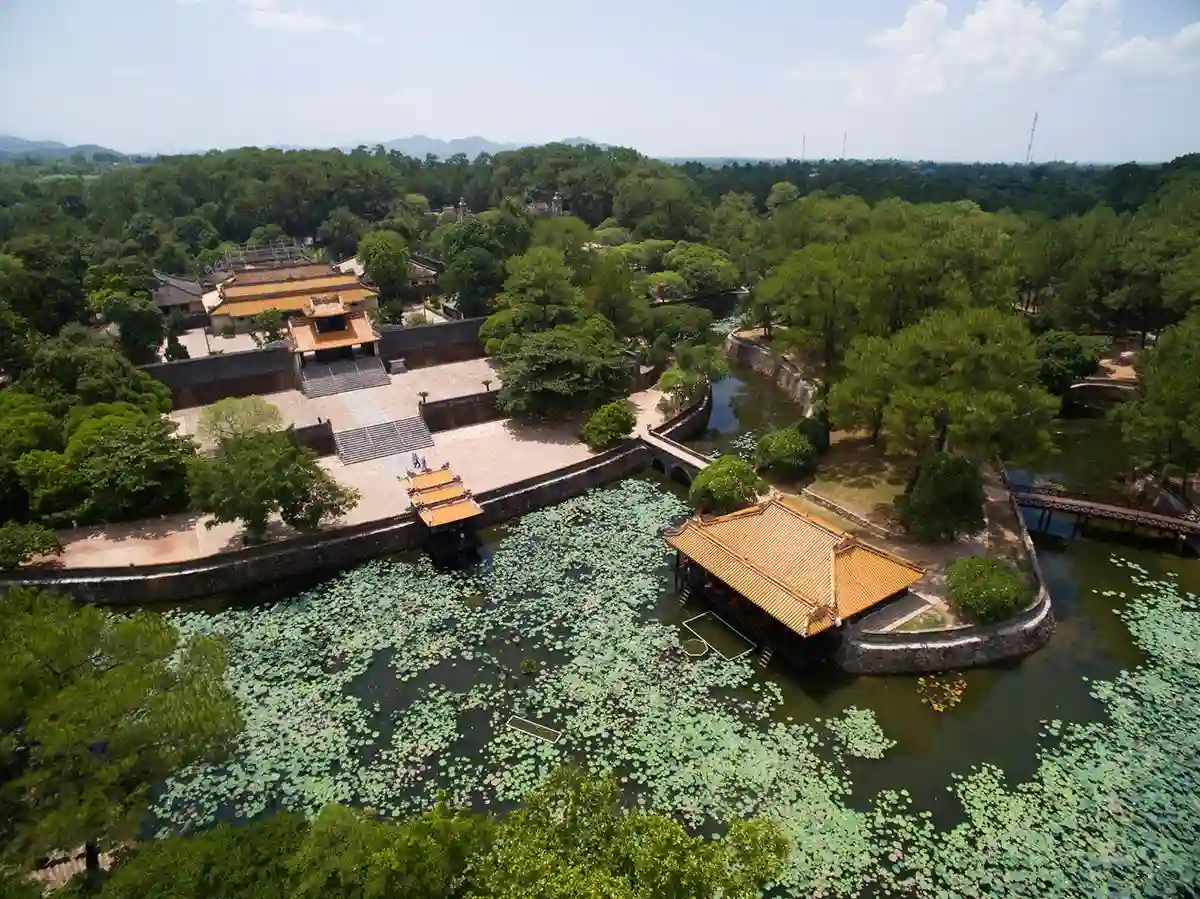
Architectural Design and Unique Features of Tu Duc Tomb
The architectural elegance of Tu Duc Tomb is unparalleled; traditional Vietnamese design flourishes within its borders. Set amidst a romantic landscape, it houses imperial elements such as dragon motifs and lotus ponds. The Khiem Palace and poetry pavilions are draped with calligraphy tablets and phoenix carvings, echoing Emperor Tu Duc’s life and philosophies. This fusion of spiritual symbolism and the Emperor’s personal style creates a setting that is both contemplative and awe-inspiring.
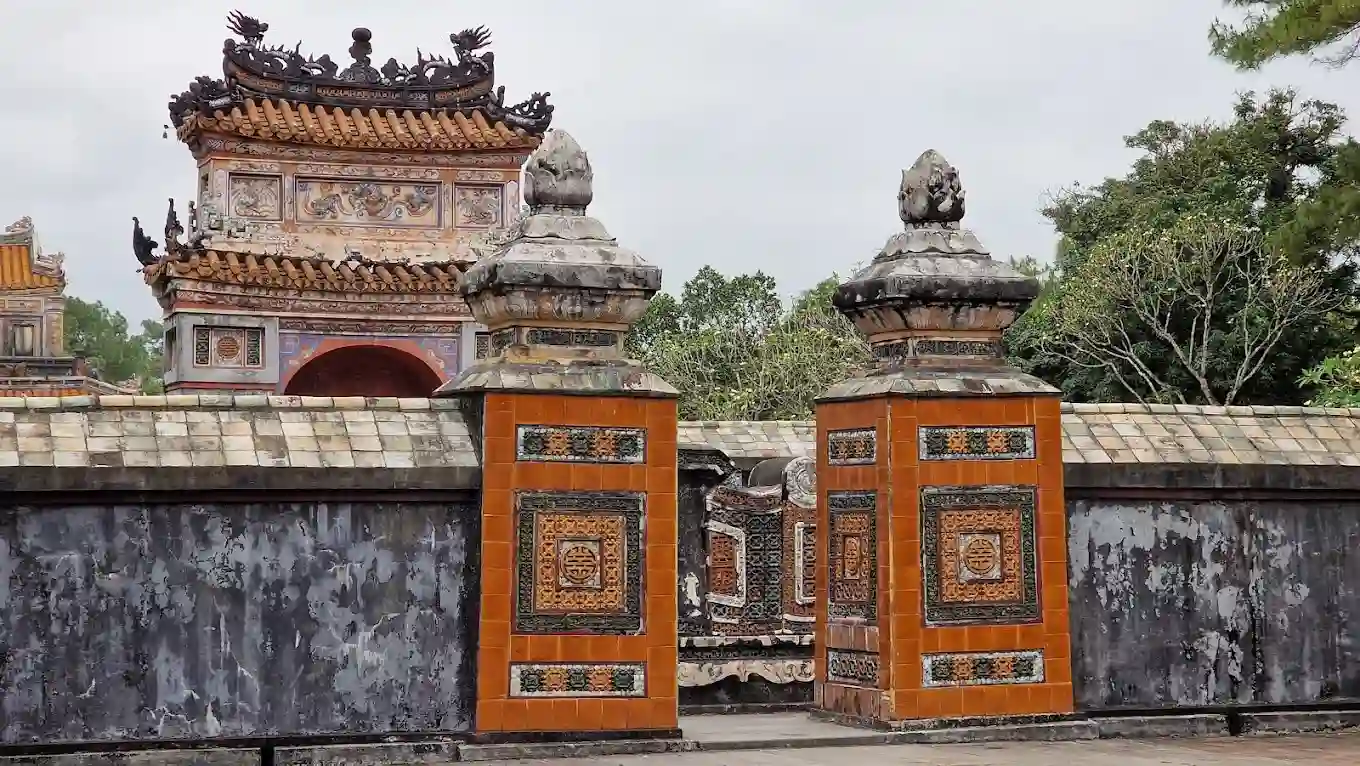
Cultural Importance of Tu Duc Tomb and the Nguyen Dynasty
Tu Duc Tomb serves as a cultural beacon of the Nguyen Dynasty’s values, mirroring the aesthetics and philosophies that underscore this era. It is part of the collective royal mausoleums scattered across Hue, but stands out due to its unique amalgamation of function and artistry. This site highlights the traditional imperial customs of Southeast Asia, providing a lens to explore the governance and lifestyle within the royal court of Vietnam.
Guided Tours and What to Expect When Visiting Tu Duc Tomb
Tourists visiting Tu Duc Tomb in Hue are in for a culturally enriching experience. Guided tours offer deep dives into history at various key locations across the tomb complex, including the Khiem Palace and poetry pavilions. Accessibility to these areas is ensured, allowing visitors to appreciate the Emperor’s retreat palace and the encompassing serene landscape. The entrance fee for Tu Duc Tomb is reasonably set at 100,000 VND, offering great value for exploring this monumental testament to Vietnam’s cultural heritage.
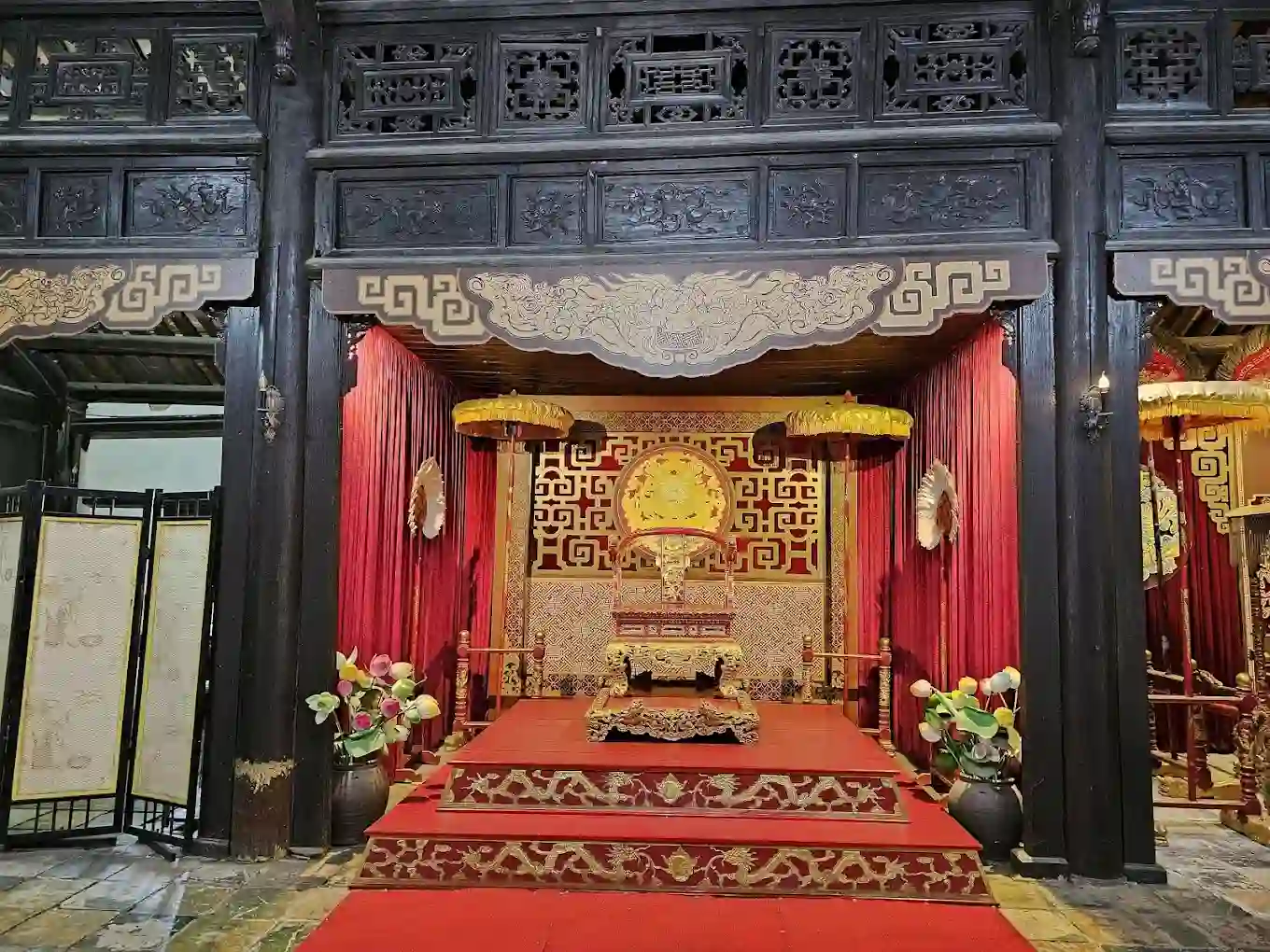
Comparison with Nearby Royal Tombs and Close Sites in Hue
Tu Duc Tomb is often compared to its neighboring royal tombs like Khai Dinh Tomb and Minh Mang Tomb. While Khai Dinh’s majestic construction embraces French influences, Minh Mang’s tomb reflects Confucian beliefs in its architecture. The Tu Duc Tomb stands out with its romantic design and personal expressions of the Emperor’s life, creating an intimate yet grand architectural narrative in the broader context of Hue’s royal heritage. Nearby, the Hue Royal Palace and Thai Hoa Palace further contextualize these tombs within Vietnam’s imperial history.
Best Time to Visit Tu Duc Tomb and Travel Tips
Planning a visit to Tu Duc Tomb is best done with seasonality in mind; the cooler months from November to March offer ideal weather conditions for exploration. Visitors should be prepared for a full day of cultural sightseeing to fully appreciate the area’s historical sites. Navigating the Hue Imperial City is facilitated by public transport, with buses and taxis providing easy access. For further inquiries or to arrange a guided tour, contact us via WhatsApp. Additionally, consider staying at The Manor Hoi An (airbnb.com.au/h/themanorhoian5beds), Hola 1 (airbnb.com.au/h/hola1a), or Hola 2 (airbnb.com.au/h/hola22) for a comprehensive cultural journey.
Google Map Location
View Tu Duc Tomb on Google Maps

